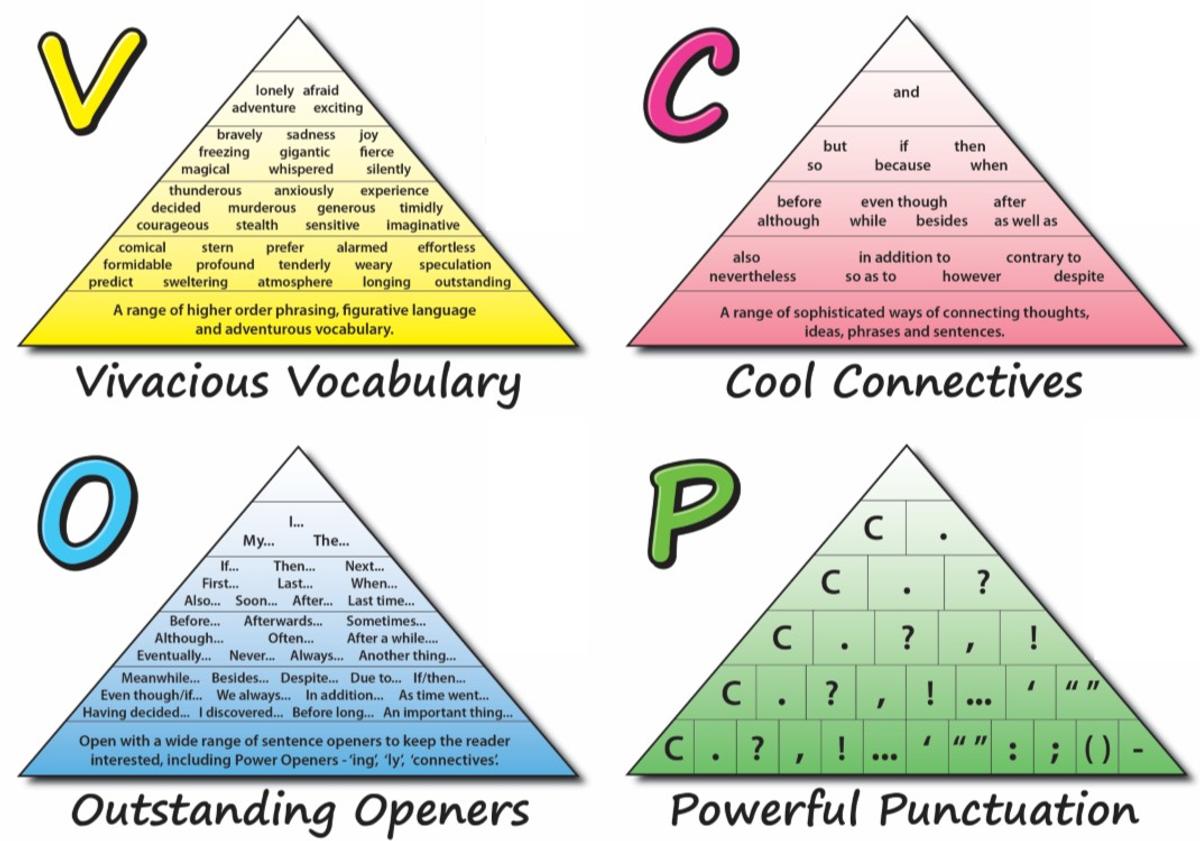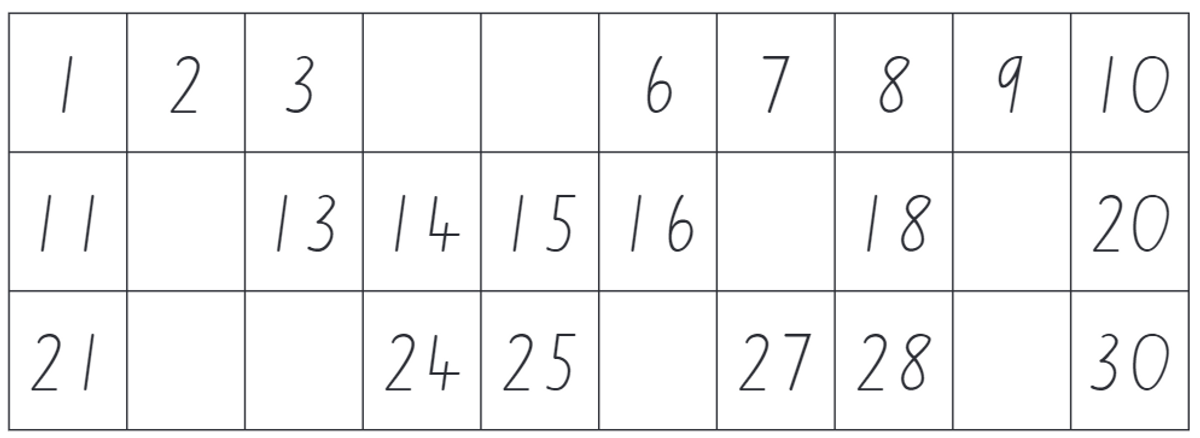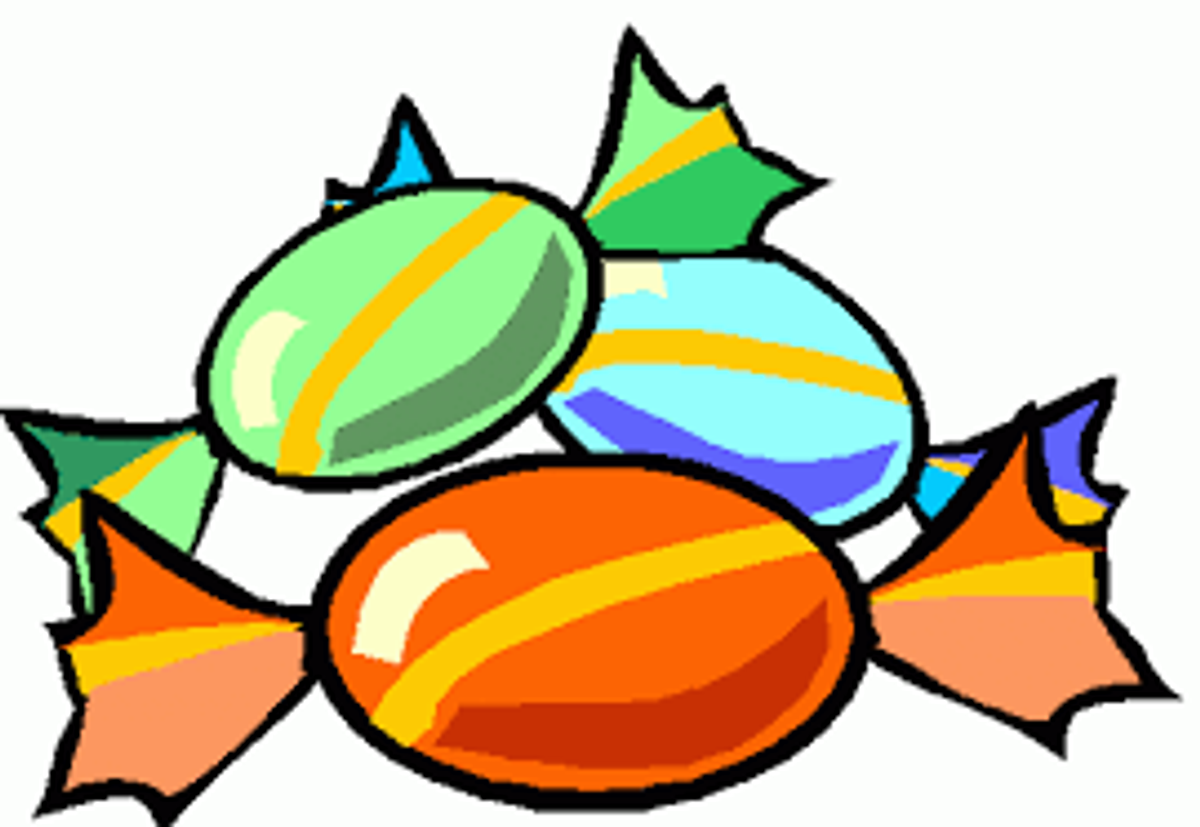The Learning Zone

"Coming together is the beginning, staying together is progress,
and working together is success." - Henry Ford
Big Write and VCOP
Last Monday, all staff travelled to St Xavier's in Gunnedah to attended an engaging professional development day focussed on Big Write and VCOP. While we have been using this writing methodology at St Joseph's for a number of years, the PD day provided us with the opportunity to reflect on current practices and look at ways we can reinvigorate teaching and further improve learning outcomes.
Every Thursday all students from Year 1 to Year 6 participate in a ‘Big Write’. This is an uninterrupted writing session where students have the chance to celebrate their writing and show off the learning goals (success criteria) they have achieved to date. Students also learn how to improve or 'up-level' their work and create a ‘writer’s voice’ by using their VCOP skills (vocabulary, connectives, openers and punctuation). See the following example of how a simple sentence can be uplevelled:
Basic sentence: The cat went along the wall.
Uplevelling the vocabulary: The fluffy, ginger cat quietly prowled along the unstable wall.
Adding a connective to create a complex sentence: The fluffy, ginger cat quietly prowled along the unstable wall while the unsuspecting bird pecked for worms in the garden below.
Beginning a sentence with an interesting opener: Licking his lips, the fluffy, ginger cat quietly prowled along the unstable wall while the unsuspecting bird pecked for worms in the garden below.
Adding punctuation for effect: Licking his lips, the fluffy, ginger cat (who had missed his
breakfast) quietly prowled along the unstable wall while the unsuspecting bird pecked for worms in the garden below.
At this stage, the writing focus for Kindergarten is to learn all about letters, sounds, words and sentences, as well as becoming familiar with each of the VCOP elements. They are experimenting with writing and putting in the ground work to participate in their first Big Write in Term 3.
Armidale Diocesan Mathematics Initiative (MaST)
This term we continue our involvement in the Armidale Diocesan Mathematics Initiative known as the MaST Project. I would like to commend our teachers for their hard work and diligence to ensure this initiative enhances the learning experiences for their students. We are so lucky to have such dedicated professionals at St Joseph’s.
Please see the information below to assist your child at home.
Maths At Home:
Kindergarten - Whole Number
Kindergarten continue working on whole number this term. Counting is an important foundation for future number work. Students can count a group of objects or their toys. What numbers can you recognise, read and say?
Try the link below to assist with your child's counting.
1 to 30 and 30 to 1 | Jack Hartmann Count to 30 | Counting Song
Challenge 1: Count forwards from 1 to 30. Fill in the missing numbers as you count.
Which number comes before 6?
Which number comes after 11?
Point to the number 22 and count forwards to 30.
Point to the number 17 and count forwards to 30.
Which number is one less than 29?
Which number is one more than 23?
Stage 1 - Addition
After completing a unit of work on Position, Stage 1 are now working on Addition.
Promote and encourage mental strategies for adding numbers. Adding number facts to 20 is a great way to start. For example: 16 + 4
Other ways to assist your child at home are:
Using number bonds, or ‘friends of 10’, to assist with simple addition and subtraction problems. For example, 4 + 6 = 10, 6 + 4 = 10, 10 - 4 = 6, 10 - 6 = 4
How To Teach Number Bonds? | Maths – No Problem!
Using number bonds to solve addition problems by making groups of 10. For example, the problem of 26 + 8 can be solved by taking 4 from the 8 and adding it to the 26. The new problem of 30 + 4 is much easier to solve
Building number bond knowledge to understand ‘friends of 20’. These number pairs are 11 and 9, 12 and 8, 13 and 7, 14 and 6, 15 and 5.
Stage 2 - Subtraction
For many years, the expectation was that students would only use the formal written algorithm rather than their own mental strategies for addition and subtraction.
Whenever possible try and point out the concept of subtraction in everyday situations. If there are four birds in the garden, then one flies away, ask, “How many now?”
Of course, we tend to do this type of thing naturally with our children anyway, but making a conscious effort to model the counting and to use the correct vocabulary can really help them when they come to learning subtraction in a slightly more abstract way later.
Stage 3 - Multiplication
Multiplication facts are a brilliant brain-training exercise for students. Good knowledge of their multiplication facts is vital for quick mental maths calculations and problem solving, e.g. if a child knows that
6 x 3 = 18 they will be able to work out that 6 x 30 = 180 or 60 x 3 = 180 almost instantly.
Try these:
Will spots some great chairs that are $1055 each. He buys three of the chairs. What is the total of Will's purchase?
Mia's recipe requires 4 cups of noodles for 10 people. How many cups of noodles are required for 70 people?
Challenge:
There were 86 lollies in a packet. They were shared equally between 6 people.
(i) How many lollies did each person receive?
(ii) Were there any leftover? If so, how many?
First person with four correct answers to Mr Patterson wins a prize!
Have a great week of learning and fun!
Maree Holland & Greg O'Toole




